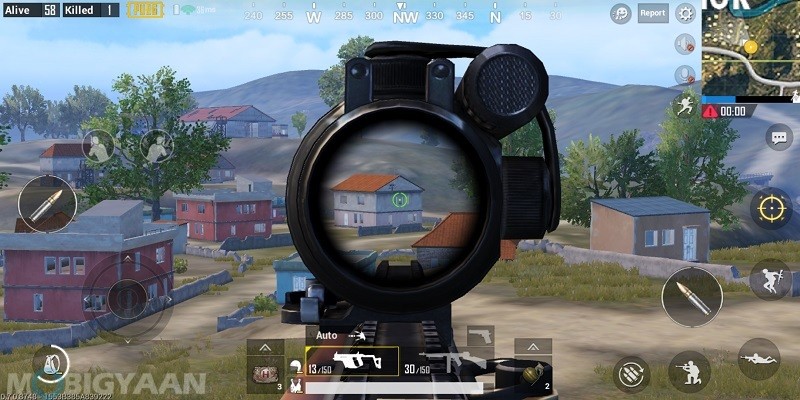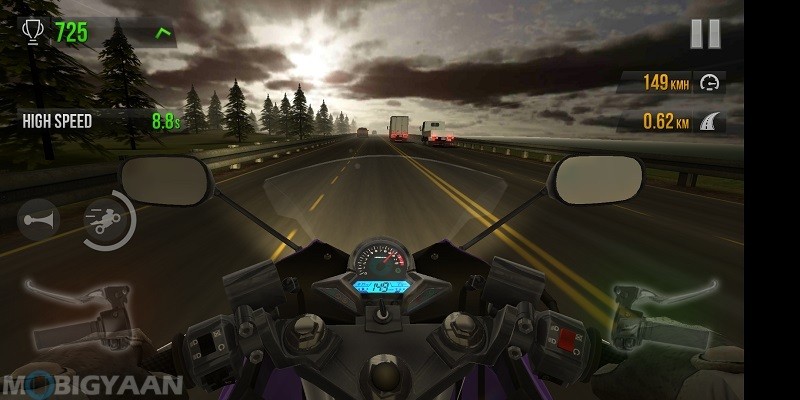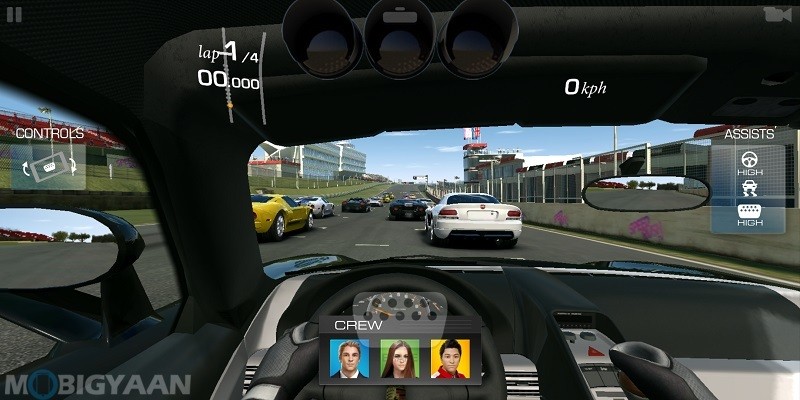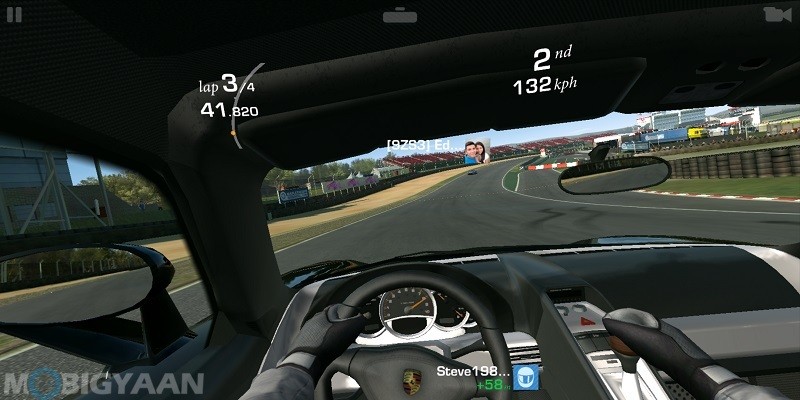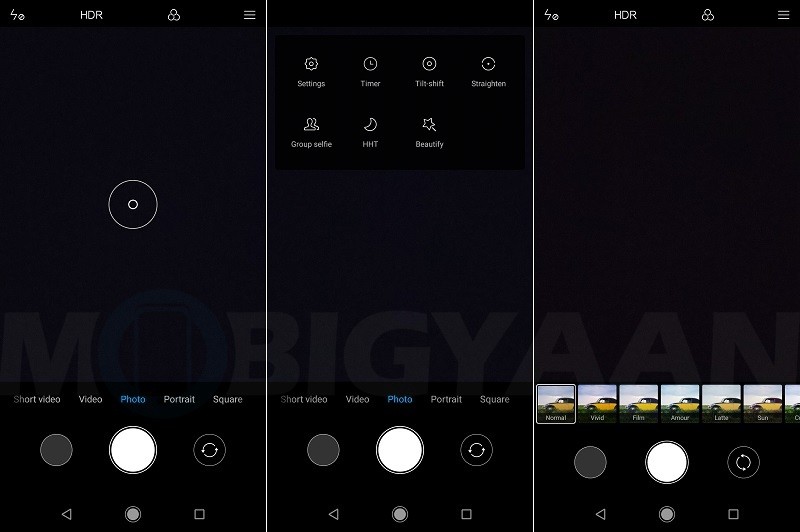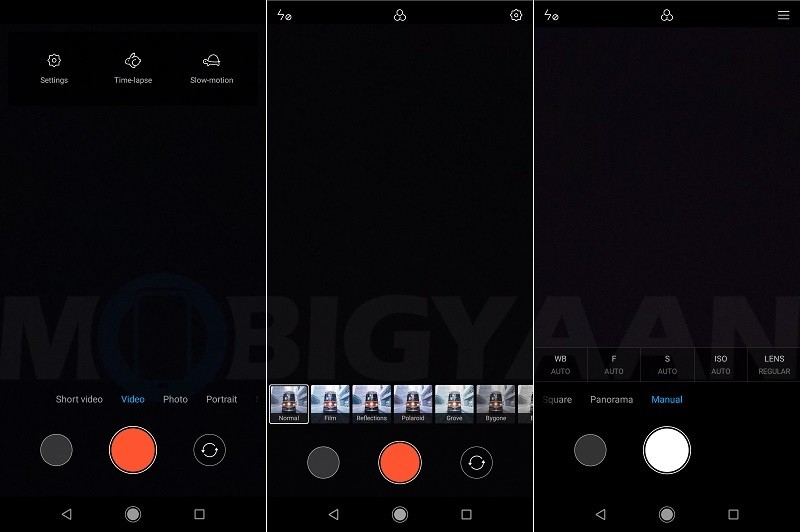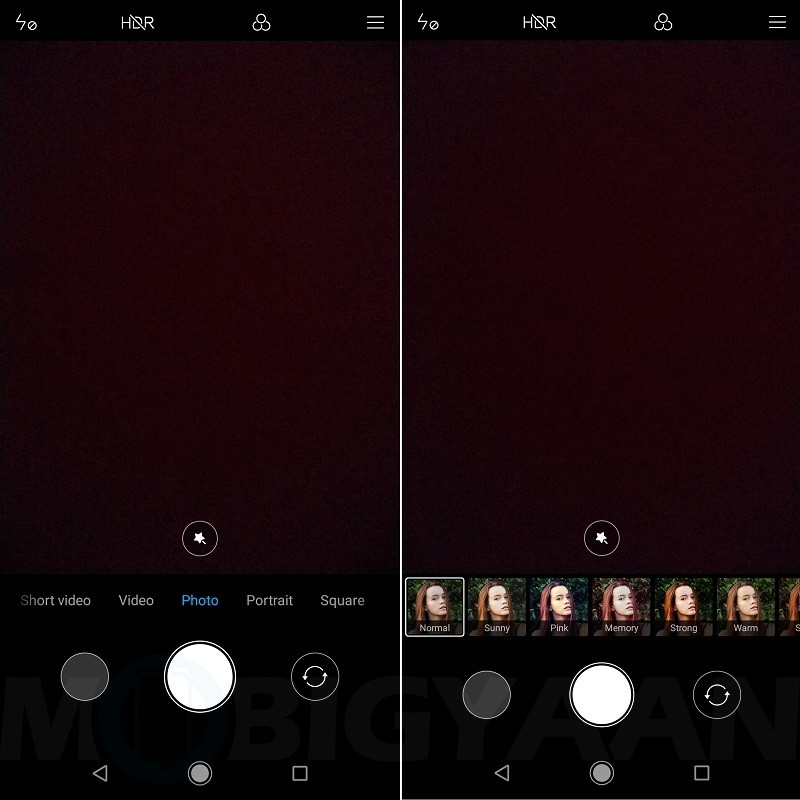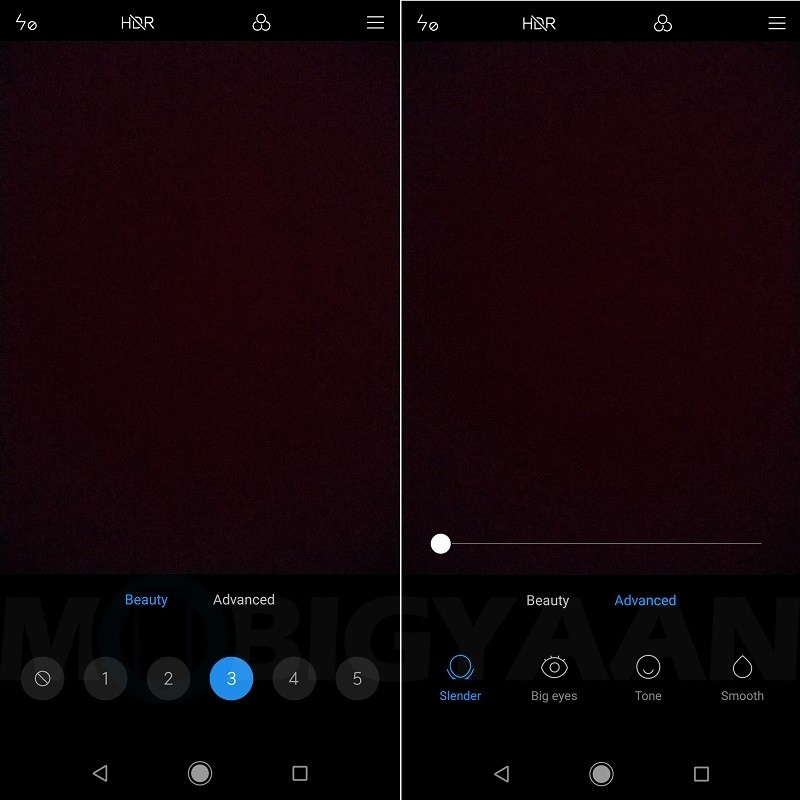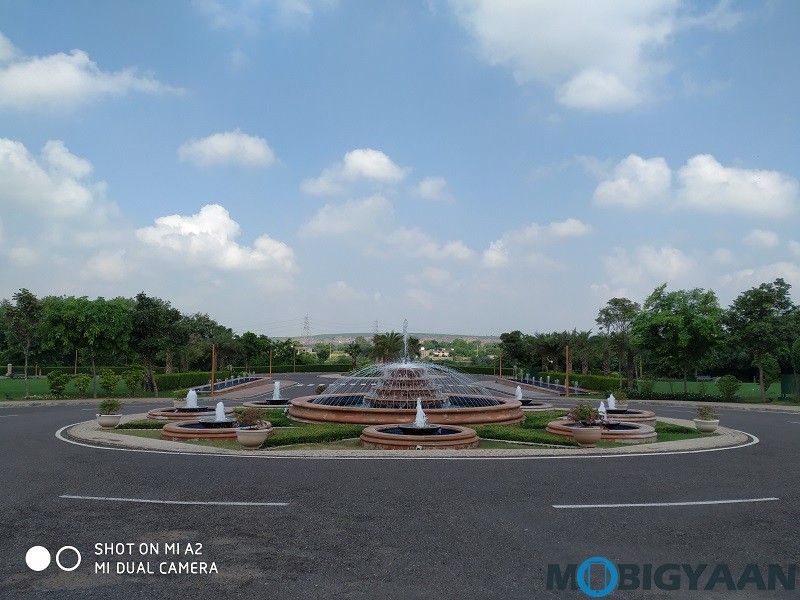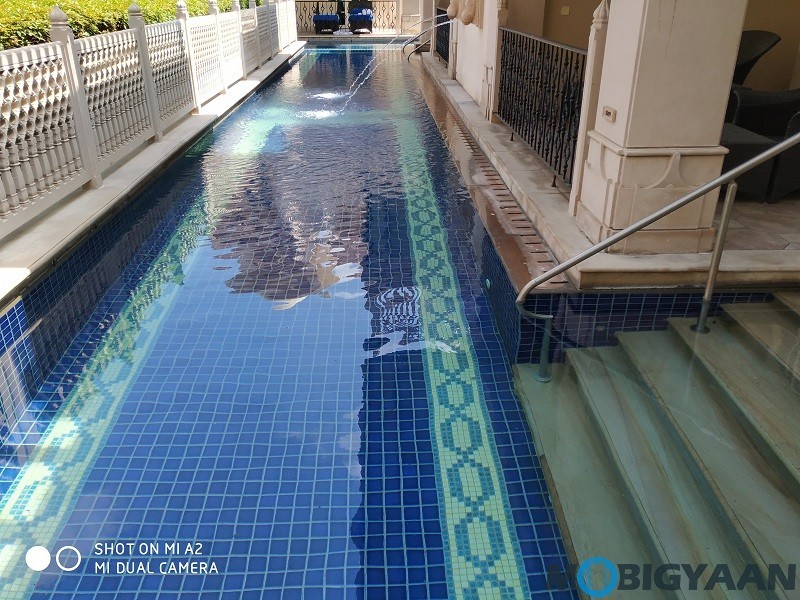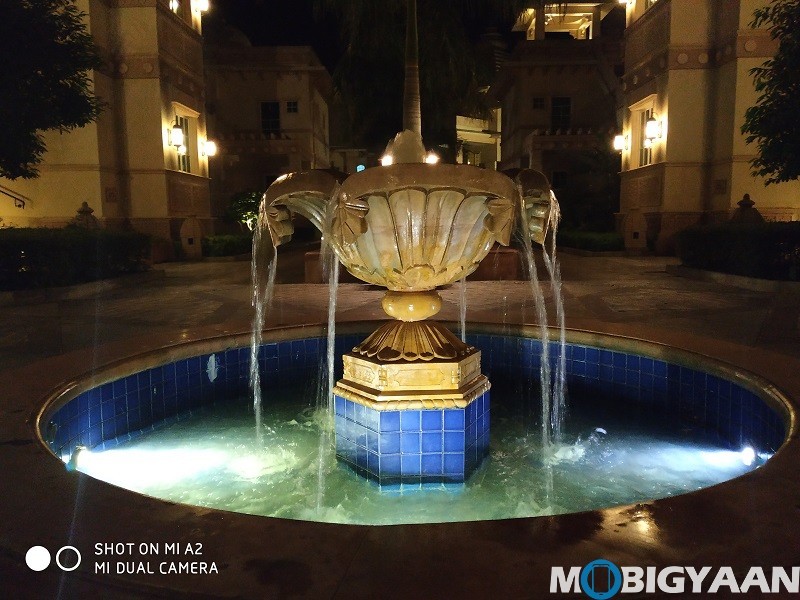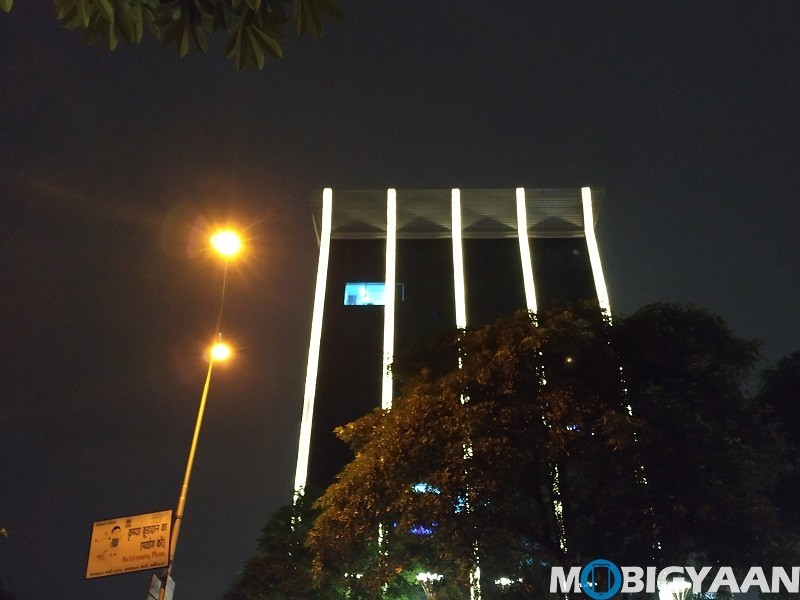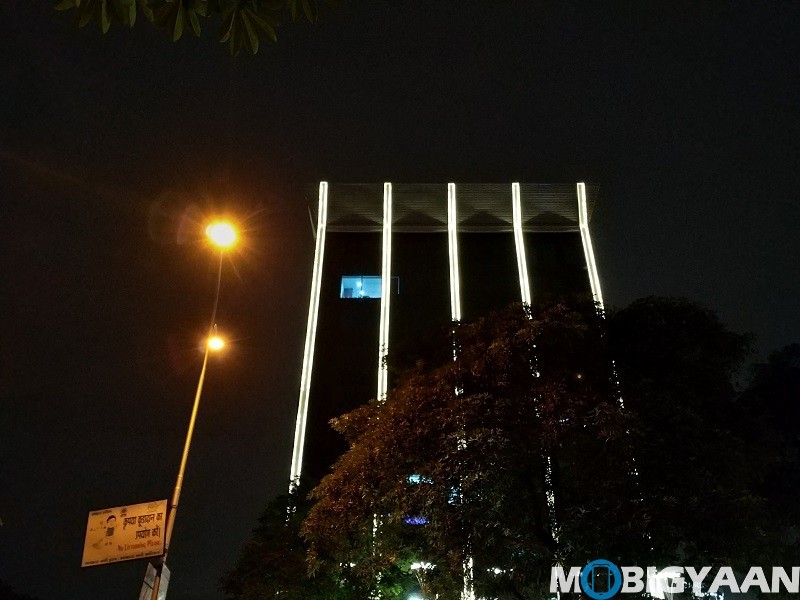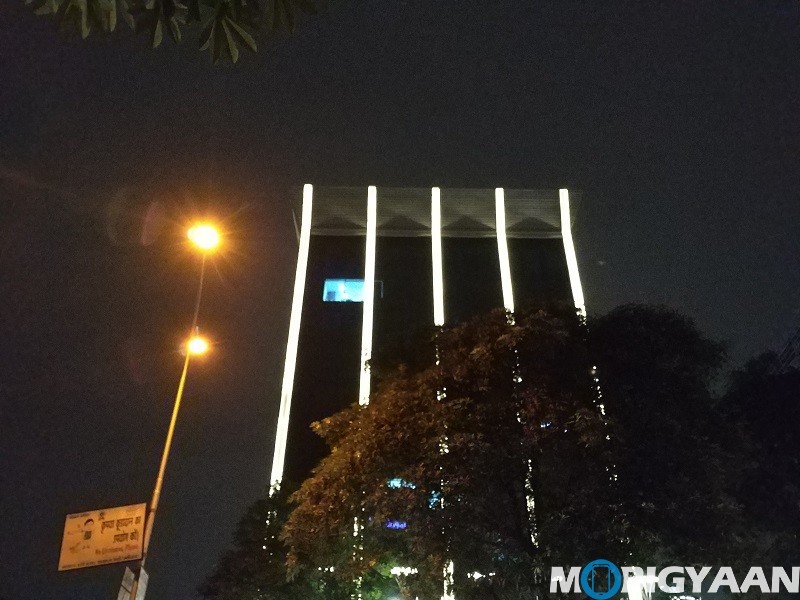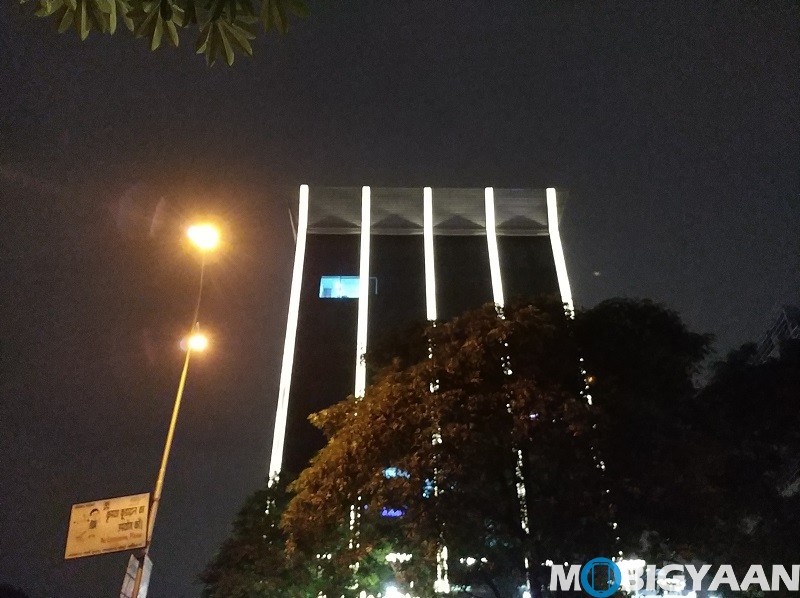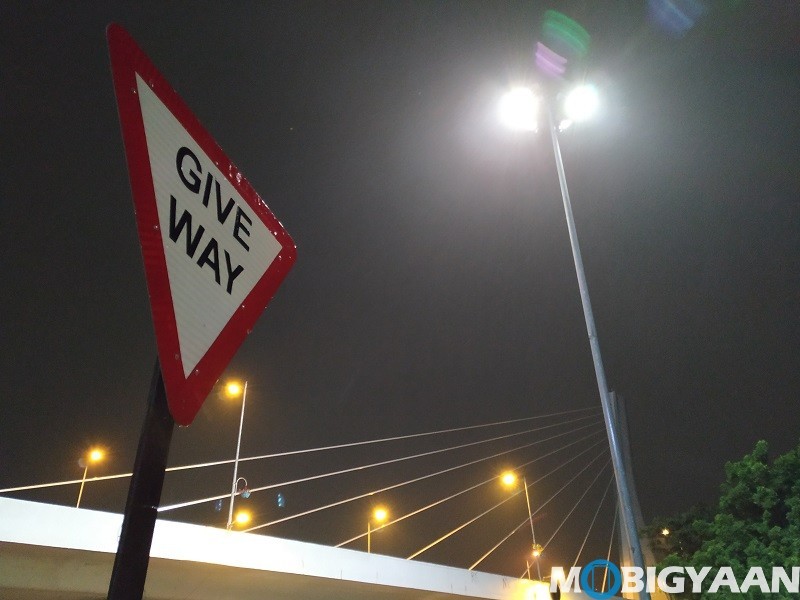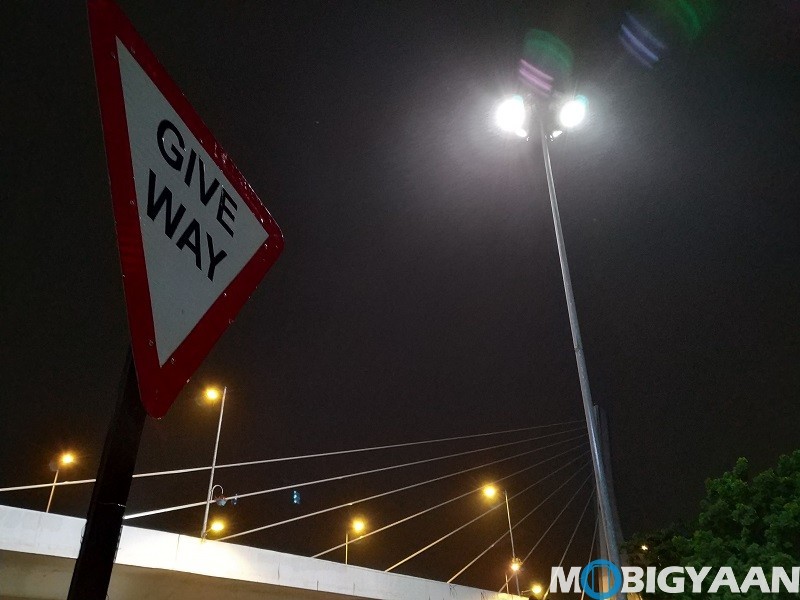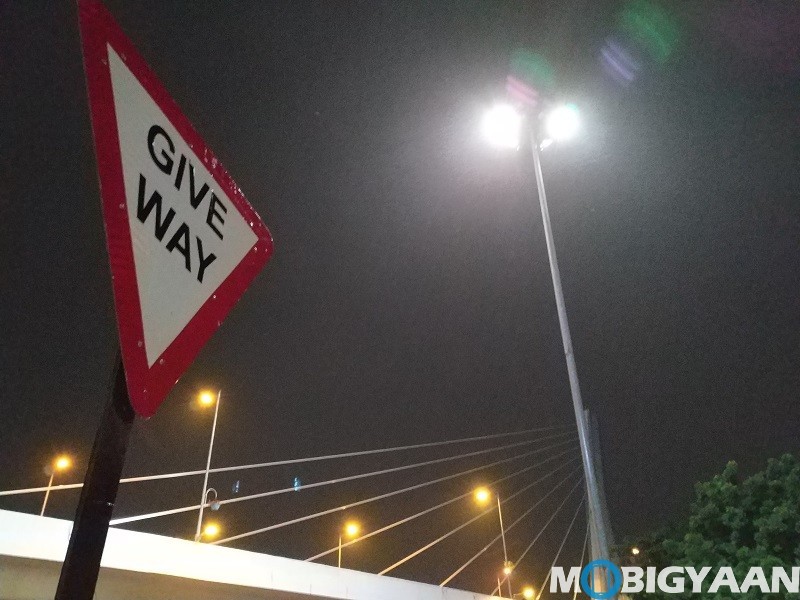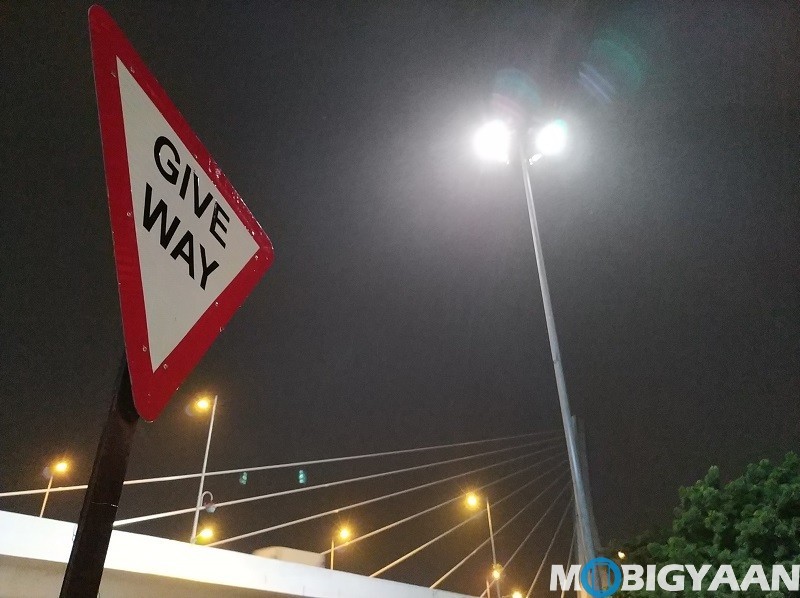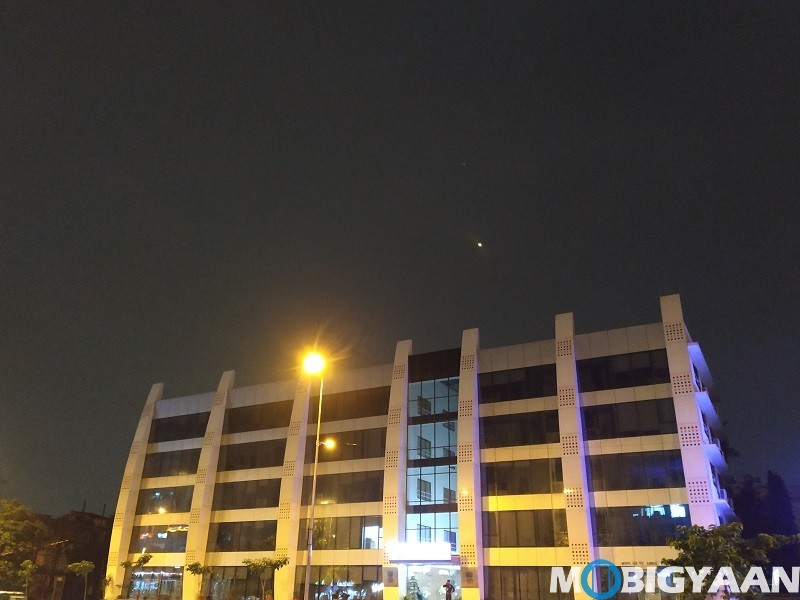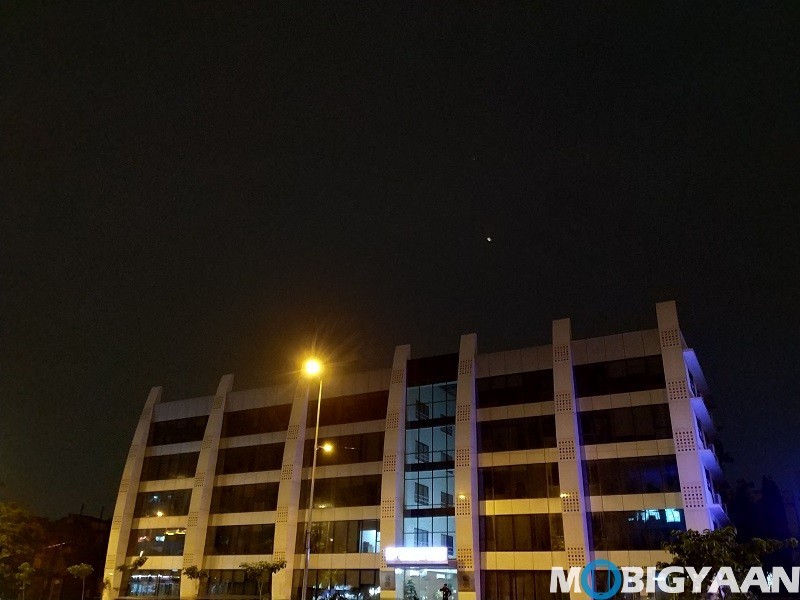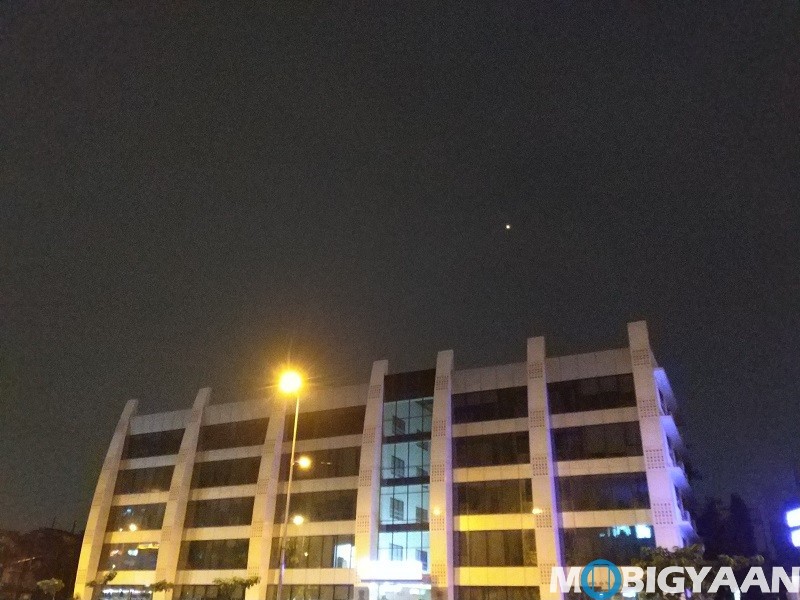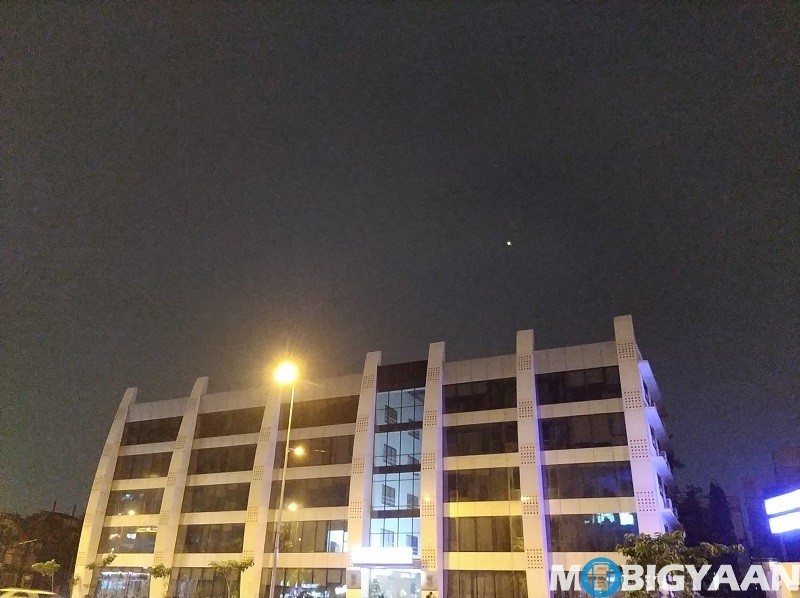Back in early September last year, Chinese smartphone brand Xiaomi launched its very first Android One smartphone – the Xiaomi Mi A1. The Mi A1 was actually a re-branded Mi 5X that was launched in China with the only difference between the both being the software. While the Mi 5X was running MIUI – Xiaomi’s custom Android skin – the Mi A1 ran stock Android. Fast forward to July this year, Xiaomi launched successor to the Mi A1 – dubbed Xiaomi Mi A2. Last year’s Mi A1 was easily one of the best mid-range smartphones available in the market. Does the Mi A2 carry on that legacy? Let’s find that out with this Xiaomi Mi A2 review.
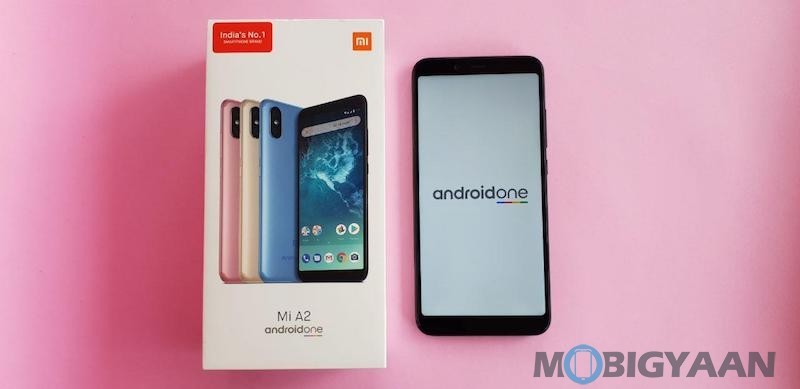
In box contents
- Xiaomi Mi A2
- Charger
- USB Type-C Cable
- USB Type-C to 3.5 mm adapter
- SIM Tray Ejector
- 1 Translucent TPU Protective Case
- Safety Manual
- User Guide
Xiaomi Mi A2 Specifications
- CPU: 2.2 GHz Snapdragon 660 octa-core processor
- RAM: 4/6 GB LPDDR4X
- GPU: Adreno 512
- Operating System: Android 8.1 Oreo (upgradeable to Android 9.0 Pie)
- Display: 5.99-inch Full-HD+ (2160 x 1080 pixels) LCD display with 18:9 aspect ratio, 1500:1 contrast ratio, 403 ppi pixel density and 2.5D Curved Gorilla Glass 5
- Rear Camera: 12 MP Sony IMX486 (f/1.75 aperture, 1.25 μm large pixels, PDAF) + 20 MP Sony IMX376 (f/1.75 aperture, 2.0 μm large pixels, PDAF, 4-in-1 pixel binning) with AI Portrait Mode, AI Beautify 4.0, Group Selfie, Auto-HDR, EIS for video recording, 4K/1080p/720p/480p video recording at 30fps, 1080p video recording at 60 fps, Slow Motion video recording (720p at 120 fps) and dual-tone LED flash
- Front Camera: 20 MP Sony IMX376 with f/2.2 aperture, 2.0 μm large pixels, Auto-HDR, AI Portrait Mode, AI Beautify 4.0, Group Selfie and Flash
- Internal Storage: 64 GB (with 4 GB RAM), 128 GB (with 6 GB RAM)
- SIM: Dual Nano Dual 4G
- Connectivity: Dual 4G VoLTE, GPS, Bluetooth 5.0, Wi-Fi 802.11 a/b/g/n/ac, USB Type-C (no 3.5 mm headphone jack)
- Other: Fingerprint Scanner, IR Blaster, Google Lens, Unlimited High-Quality Google Photos Storage
- Colors: Black, Gold, Rose Gold, Lake Blue
- Battery: 3010 mAh with Quick Charge 4+ (exclusively in India)
Xiaomi Mi A2 Review – Design
Just like last year’s Mi A1 was a re-branded Mi 5X running stock Android, this year’s Mi A2 is a re-branded Mi 6X that was launched in China back in April. Well, it’s needless to say that as the Mi A2 is a re-branded Mi 6X, the design isn’t any different. The Xiaomi Mi A2 boasts a uni-body metal design and the smartphone is also built well and feels sturdy.
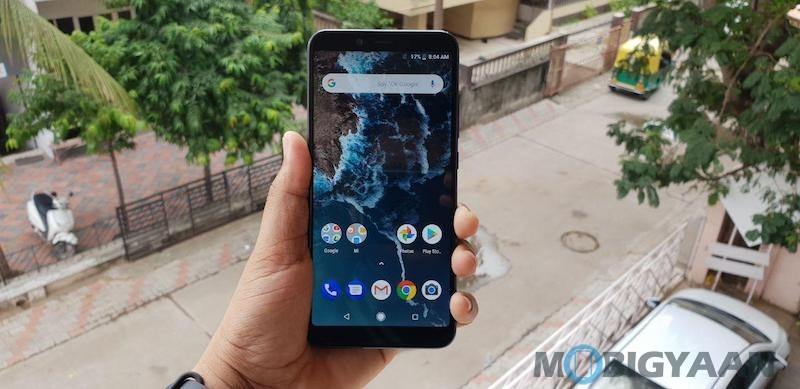
The Xiaomi Mi A2 is 7.3 mm thin and weighs 168 grams. Well, this makes the smartphone incredibly light and comfortable to hold. The frontal side of the Mi A2 sports a 5.99-inch LCD display that has aspect ratio of 18:9 and resolution of 2160 x 1080 pixels. This is an upgrade over last year’s Mi A1 that came with a 5.5-inch Full-HD display having a traditional 16:9 aspect ratio. Well, as the Mi A2 comes with a taller screen and 18:9 aspect ratio, the bezels on it are smaller than the ones on the Mi A1. However, the top and bottom bezels still look large when compared to bezels on other smartphones that come with a notch. Oh, and if it isn’t clear already, the Mi A2 doesn’t come with a notch. Yay!
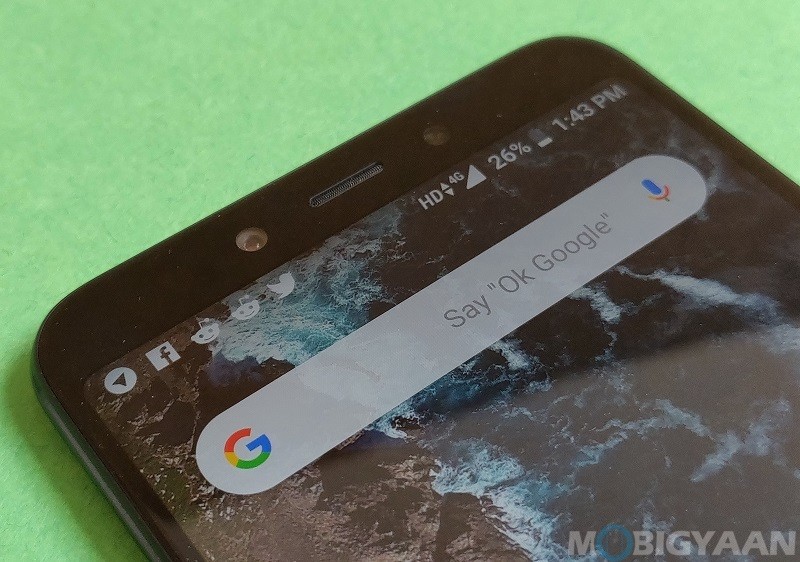
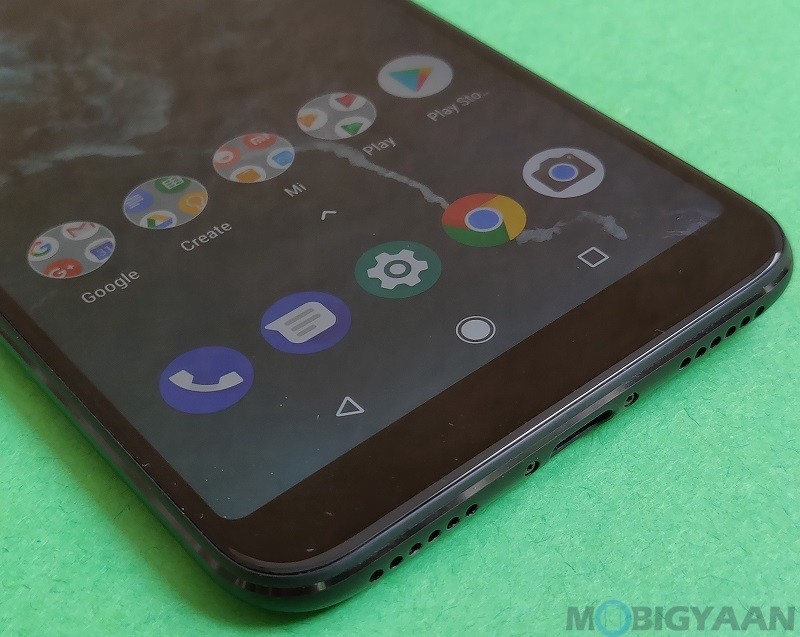
Above the display is a earpiece which is flanked by the selfie camera, a flash, and, an LED indicator which only blinks one light (meh). There’s also the usual array of sensors like ambient light sensor and proximity sensor. Having said that, there’s nothing below the display. Due to the reduced bezels, the capacitive navigation keys that were present on the Mi A1 below the display are now being done away with the Mi A2. Personally speaking, this space on the bottom bezel feels wasted, however, there might be some hardware under the hood invisible to us that could be the reason for this “wasted” space.
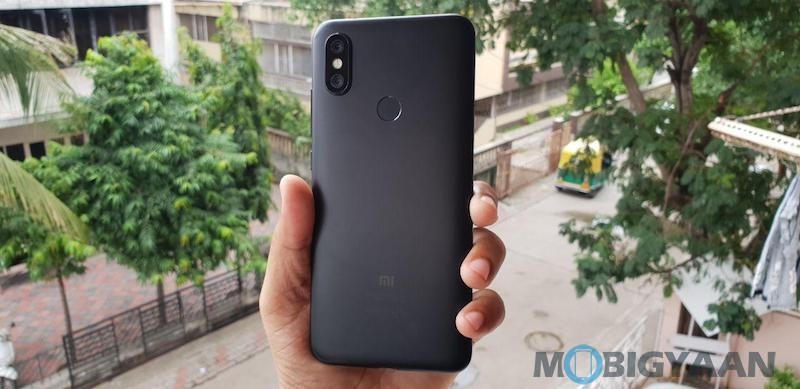
Moving on to the back, you see dual cameras that are stacked vertically in the top-left corner. Between those cameras is the flash module. Going further down below, in the center, you have a fingerprint scanner. And, at the bottom, you have the Mi logo along with the Android One moniker. There also are antenna lines along the top and bottom edges of the Mi A2, and, the back of the smartphone also has curved edges that make it a bit more comfortable to hold. However, as this a metal build, the smartphone does tend to be slippery at times, hence, it’s a good idea to put on the silicon case that comes bundled in with the box. It not only helps with the grip, but also adds some extra level of protection.
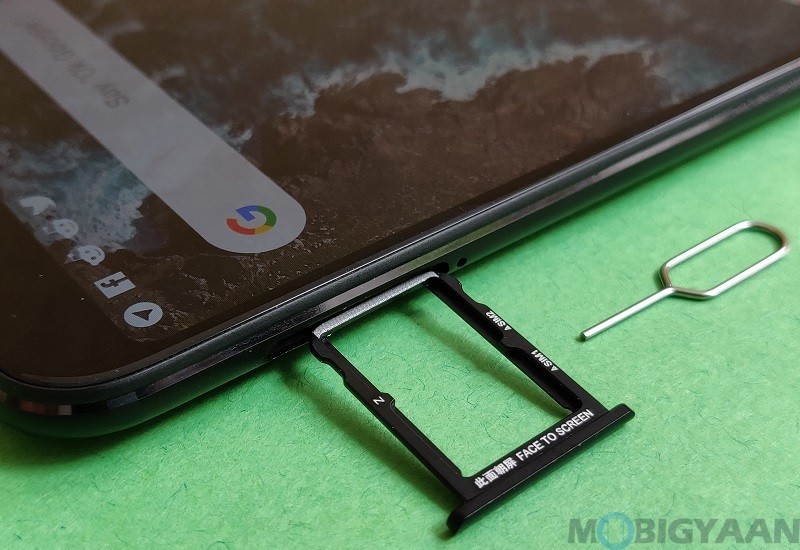

At the right side of the Mi A2 is the power button and volume rocker, and, these buttons do provide a nice, clicky feedback. On the left side, you have the SIM card slot. However, this isn’t a hybrid SIM slot, meaning there’s no way for you to insert a microSD card, which in turn means that the Mi A2 doesn’t come with external storage. You will have to make do with the available internal storage.
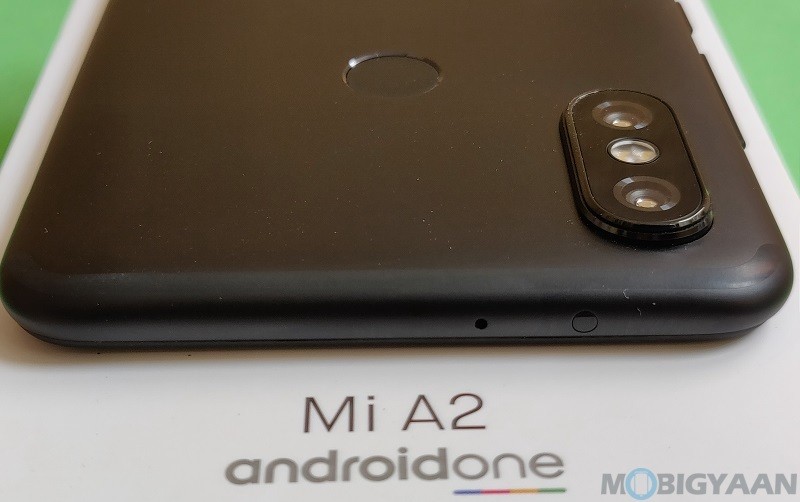
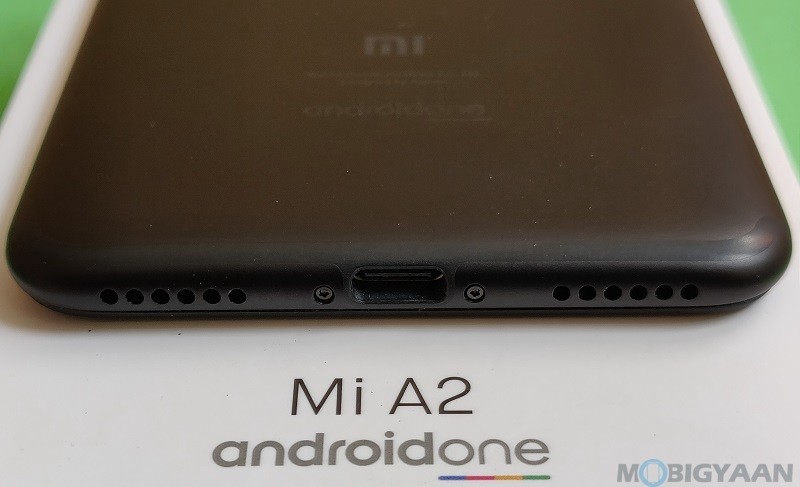
The top of the Xiaomi Mi A2 is home to the IR Blaster and secondary microphone, whereas, the bottom of the phone houses a USB Type-C port that’s flanked by two grilles – one on the right houses the speaker and the other on the left houses the primary microphone. That said, apart from the exclusion of microSD card slot, another glaring omission on the Mi A2 is the 3.5 mm headphone jack. However, Xiaomi does include the USB Type-C to 3.5 mm adapter for those who use earphones with 3.5 mm jack.
Overall, the Xiaomi Mi A2 is built well and feels sturdy. But, the smartphone does look similar to the Redmi Note 5 Pro (and the iPhone X – thanks to the dual cameras at the back). Moreover, the design is marred with the camera bump at the back which causes the phone to wobble a lot when used by placing on a flat surface. Even after putting on the case that comes along, the phone continues to wobble, albeit to a lesser extent. But that doesn’t mean it’s not annoying.
Xiaomi Mi A2 Review – Display
The Xiaomi Mi A2 sports a 5.99-inch LCD display that has aspect ratio of 18:9 and a resolution of 2160 x 1080 pixels. The display has contrast ratio of 1500:1 and pixel density of 403 ppi. However, most importantly, the display on the Mi A2 comes covered with 2.5D Gorilla Glass 5 which makes it the first Xiaomi smartphone to come with Gorilla Glass 5 in India.
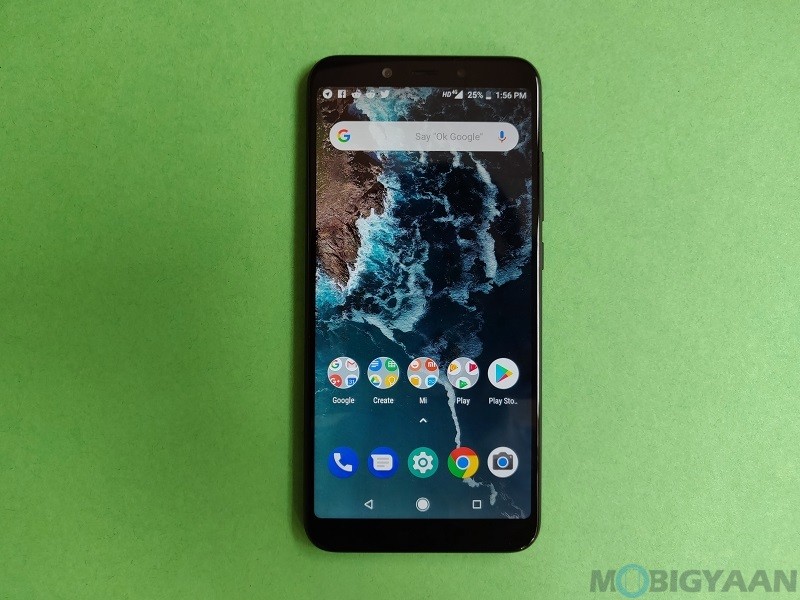
The colors produced on the display were decent enough and the viewing angles were also good with minimum color shifting. However, the brightness of the display is on the lower side which often makes it difficult to see on-screen content while outdoors — especially under direct sunlight.
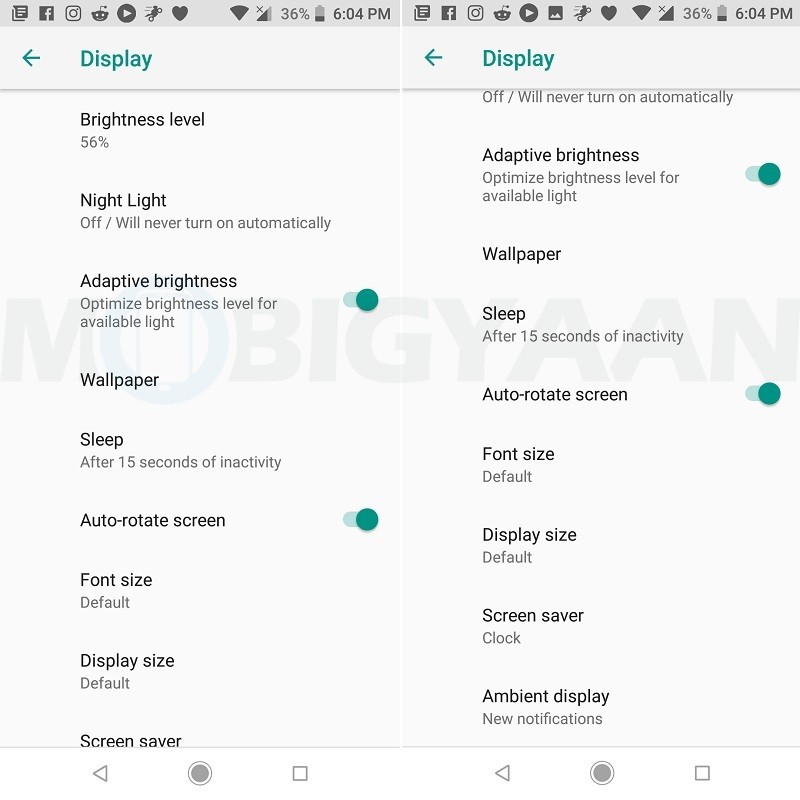
That being said, as the Mi A2 runs stock Android, you don’t get to choose color profiles that suit you; something that’s possible with other Xiaomi smartphones that run MIUI. Not just that, there also aren’t that many display settings available on Mi A2, except that you can tinker around with the Night Light mode.
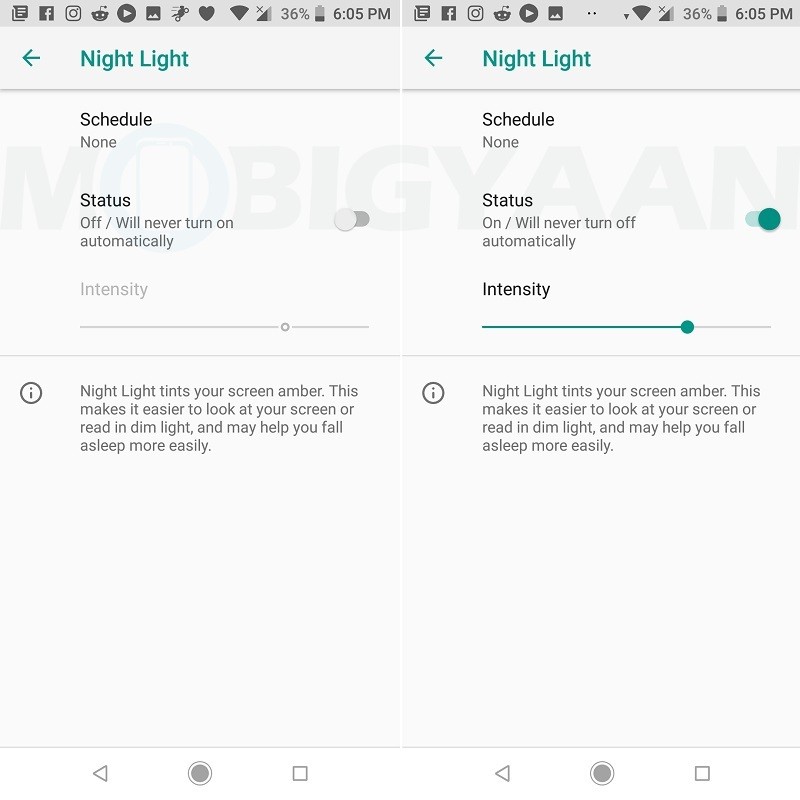
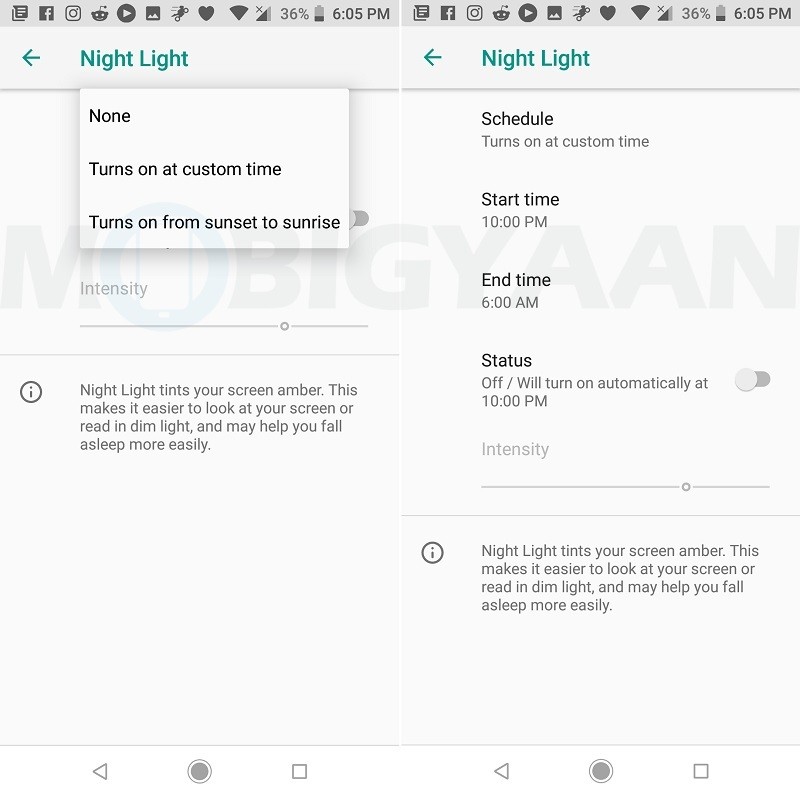
Yes, the Xiaomi Mi A2 comes with a Night Light mode that helps reduce strain to your eyes while using the phone at night or in low-light conditions. This is done by applying a tint of yellow color on the screen that blocks the emission of blue light which is harmful to human eyes. The Night Light mode can be turned on manually by heading over to the Settings > Display > Night Light menu. You can also turn it on quickly from the Quick Settings menu, or, can set it to turn on and off automatically at a fixed time. Furthermore, it can also be set to turn on automatically at sunset and turn off at sunrise. You can also adjust the intensity of the tint by using the slider available under the Settings > Display > Night Light menu.
The Xiaomi Mi A2 also comes with Ambient Display that wakes up the screen to show notifications.
Overall, the display on the Mi A2 is good enough, but it does have its shortcomings like low brightness and lack of additional options to tinker with color profiles. Besides, as this is an 18:9 display, you do get an immersive gaming, reading, web browsing and video-watching experience. But, in some apps like YouTube, you will often see black bars appearing on either sides of the video which could be annoying for some.
Xiaomi Mi A2 Review – Fingerprint Scanner
The Xiaomi Mi A2 doesn’t with the Face Unlock feature that’s all the rage right now like the notched display, but, it does come with a fingerprint scanner at the back. The fingerprint scanner is placed in the center just below the dual camera setup which makes it easily accessible.
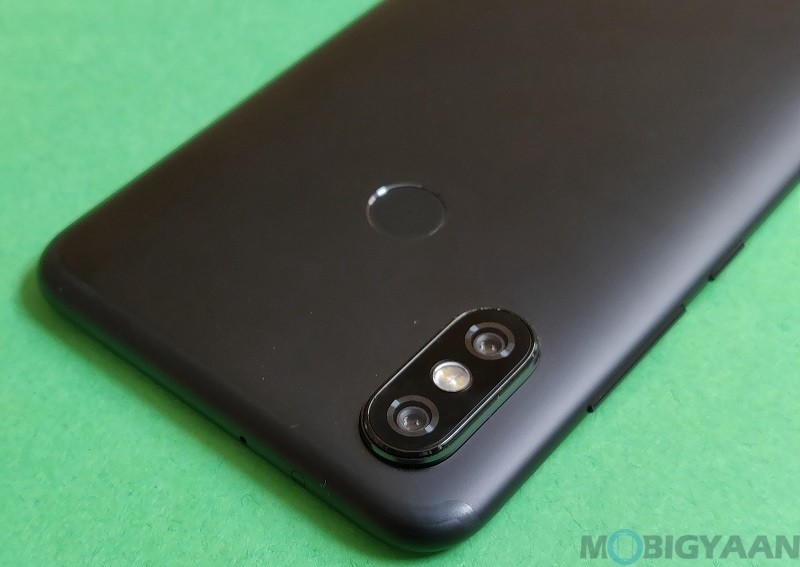
The fingerprint scanner itself is fast enough and unlocks the smartphone instantly. Having said that, the fingerprint scanner on the Mi A2 is not only fast, but accurate as well. There wasn’t even once during our testing period that it refused to recognize our finger to unlock the phone.
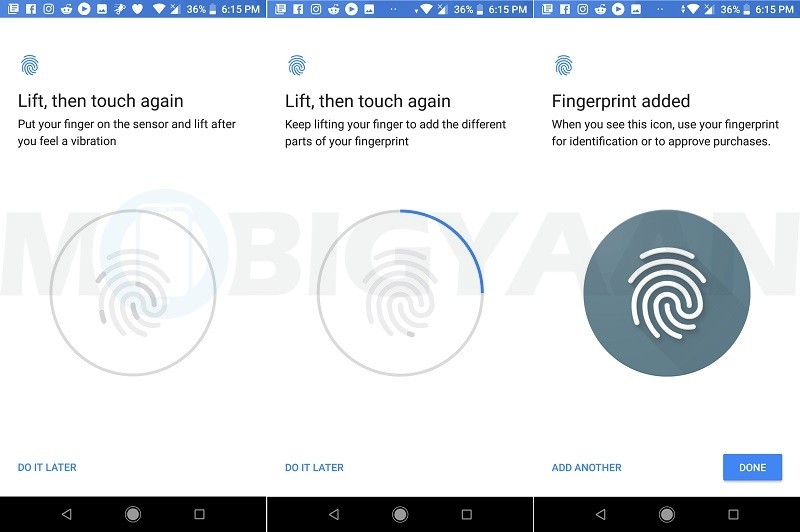

You can add your fingerprint by heading over to the Settings > Security & location > Fingerprint menu. However, apart from unlocking the smartphone and using it to authorize app purchases from Google Play Store, the fingerprint scanner cannot be used for anything else like using it as a shutter button to take photos.
Lastly, we would also like to add that even though the Mi A2 doesn’t come with the Face Unlock feature seen on other Xiaomi smartphones, it does come with Android’s own Smart Lock feature that lets users unlock the smartphone using their face. In a way, both the features serve the same purpose, so that’s that.
Xiaomi Mi A2 Review – Performance
While last year’s Mi A1 came with Qualcomm’s Snapdragon 625 SoC, this year’s Mi A2 comes with Snapdragon 660 SoC which is paired with 4 or 6 GB RAM. The 4 GB RAM variant comes with 32 and 64 GB internal storage options, whereas, the 6 GB RAM variant comes with 128 GB of storage. However, in India, Xiaomi skipped the 32 GB storage variant, and, there’s no word on the price and availability of the 6 GB RAM + 128 GB storage variant in India. That said, speaking of Snapdragon 660 itself, this mobile platform consists of eight Kryo 260 CPU cores – four of which are power efficient ones that are meant for tasks that are less resource intensive like web browsing and messaging, and, the other four being performance cores used for resource intensive tasks like gaming. The CPU cores are also aided by Adreno 512 GPU.
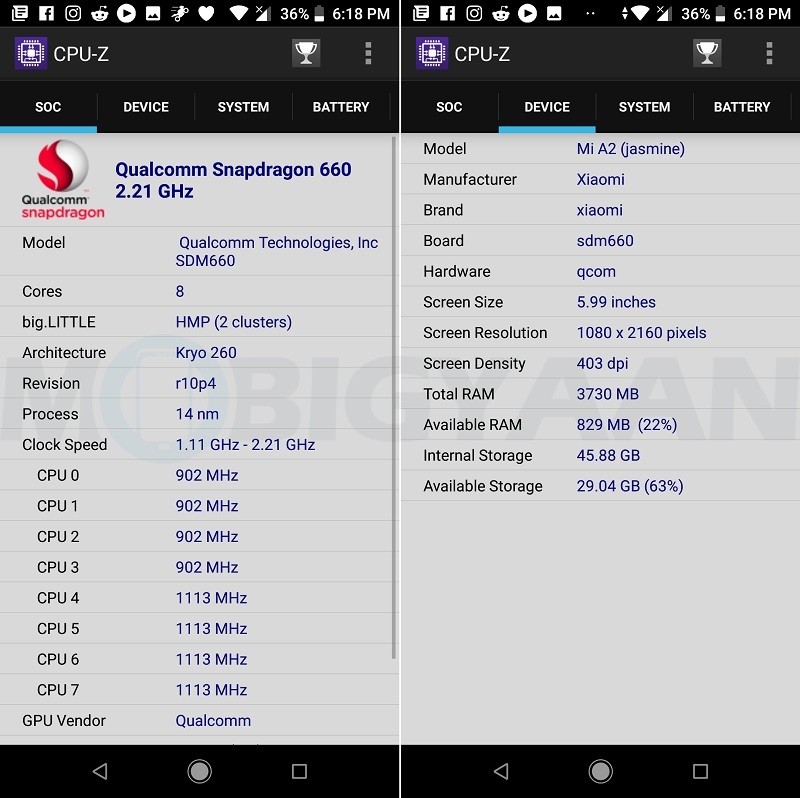
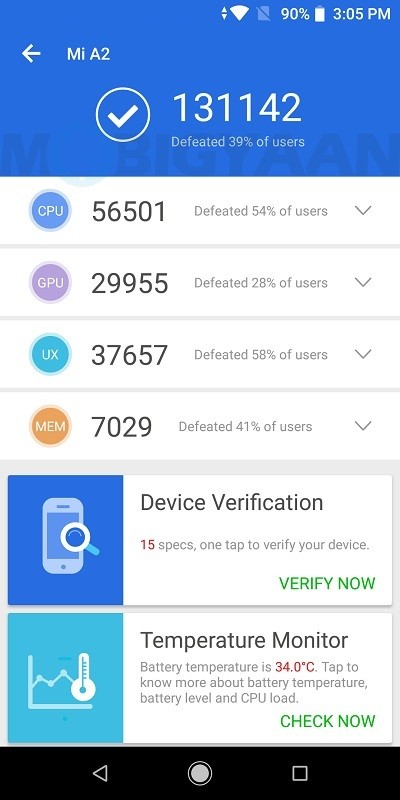
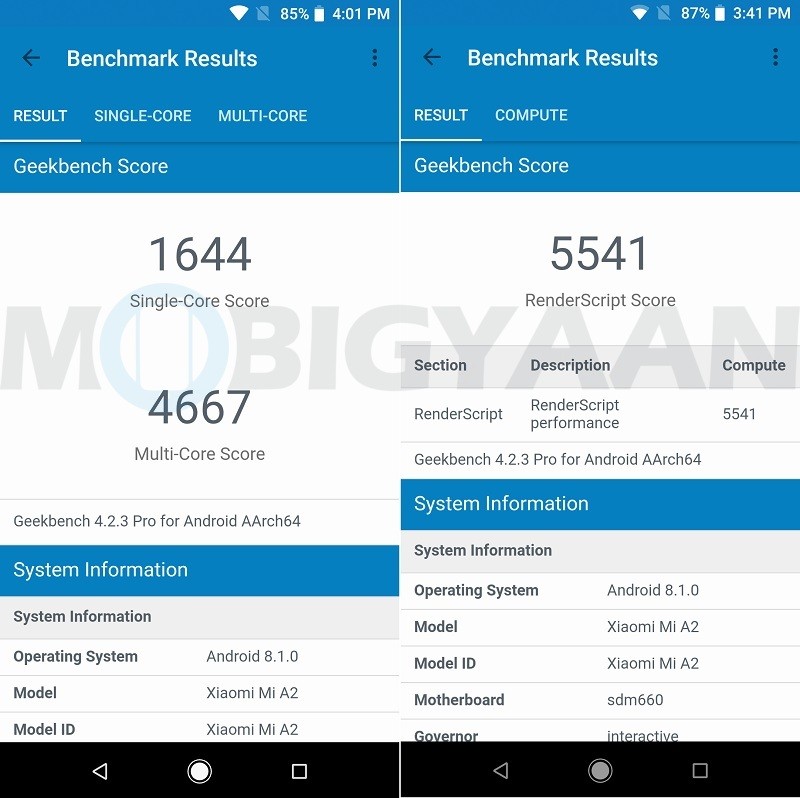
The review unit of the Mi A2 we received comes with 4 GB RAM and 64 GB internal storage. It scored 1,31,142 points in AnTuTu test while scoring 1644 and 4667 points in Geekbench 4’s single and multi-core tests respectively. It also made a score of 5541 points in Geekbench 4’s Compute test. Here are the full stats of Geekbench 4 CPU and Compute test of Xiaomi Mi A2.
Well, synthetic benchmarks aside, the Xiaomi Mi A2 performed well in real world usage too. The phone was pretty smooth to use and there weren’t much hiccups in our daily usage. App load times were good and so was switching between multiple apps and games. This can not be attributed only to the Snapdragon 660 which is quite a capable chip, but also to the stock Android running on the phone that’s devoid of any bloatware.
We also played several games on Xiaomi Mi A2 like Asphalt 9, Real Racing 3, and, the highly popular PUBG Mobile. While most other games fared well on the Mi A2 at default settings, PUBG Mobile exhibited a hell lot of lag even at the lowest possible settings; making it completely unplayable on the phone which was quite frustrating. That said, we didn’t have much problems with other heavy titles, and the graphics rendered at default settings were also decent enough. However, we would like to point out that the phone did get quite warm after more than 20 minutes of gaming. This also happened while using apps like Facebook and Instagram on mobile data.
Games we tested on Xiaomi Mi A2
- N.O.V.A. 3: Freedom Edition
- Asphalt 9: Legends
- Real Racing 3
- PUBG Mobile
- Traffic Rider
- NFS No Limits
All in all, the performance of the Xiaomi Mi A2 is quite good and there won’t be much complaints from those who use their smartphones mostly for social media, listening to music, browsing the web, and, watching videos. You should also be fine with gaming on Mi A2, unless you want to play games – especially the likes of PUBG Mobile – at the highest settings. If you want to play heavy titles on Mi A2, just switch to medium or low settings and you should be fine.
Xiaomi Mi A2 Review – Software
The Xiaomi Mi A2 runs stock version of Android 8.1 Oreo out-of-the-box, and, Xiaomi has also promised to update the Mi A2 with Android Pie which is the latest version of Android. The phone also picked up an update after the India launch which bumps up the Android security level to August 5, 2018. Well, this patch contains full security string which is often only rolled out to Google’s Nexus and Pixel devices.
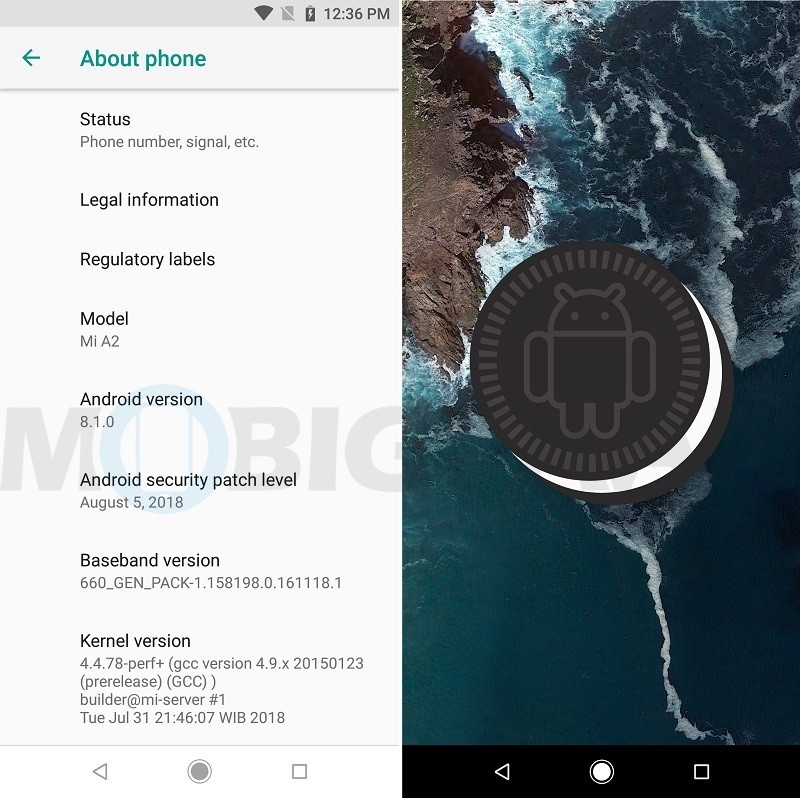
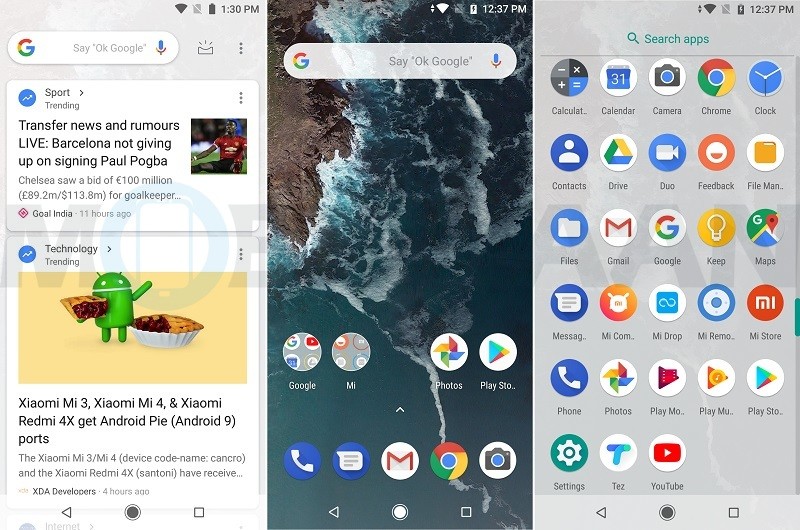
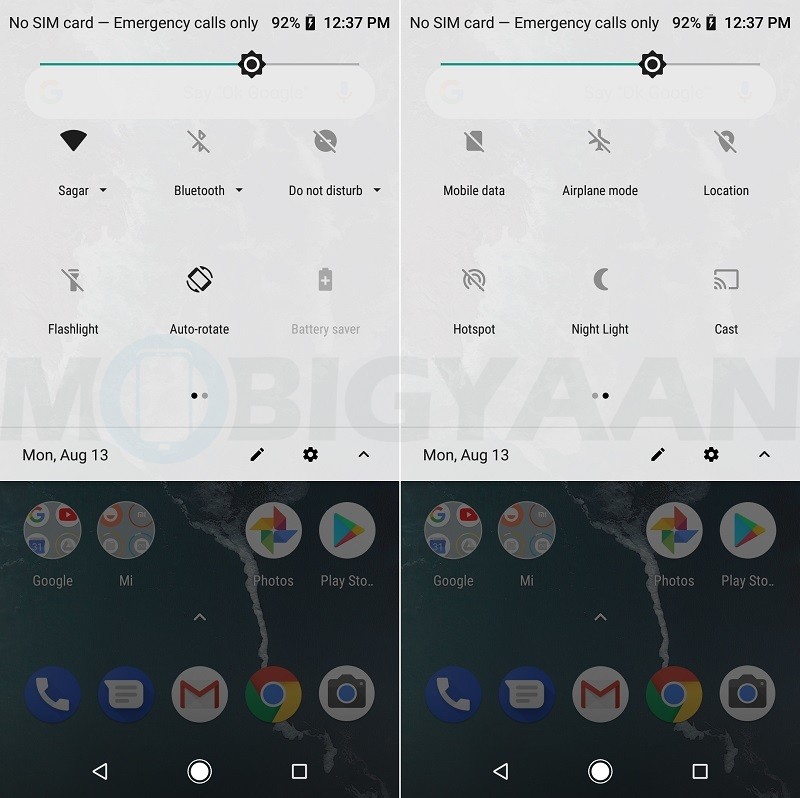
The Xiaomi Mi A2 is an Android One smartphone which means it not only runs stock version of Android, but also comes with a promise of two years of Android version updates and three years of security updates. However, looking at Xiaomi’s record with last year’s Mi A1 – which isn’t all that impressive – we are highly skeptical about the software support for the Mi A2.
Speaking about the software itself, as we are talking about stock Android here, the Mi A2 doesn’t come with any fancy features that you see on other Xiaomi smartphones running MIUI. The UI is clean and clutter-free, just like Google intends it to be. The smartphone also doesn’t come with any bloatware, but, you do get a total of six Xiaomi apps on the smartphone – Feedback, File Manager, Mi Community, Mi Drop, Mi Remote, and, Mi Store. Except the Feedback app, all other apps can be uninstalled if you want.

In terms of extra software features, all you get on the Xiaomi Mi A2 is the ‘double-press power button’ gesture that lets you quickly open the Camera app even when the phone is locked. However, this feature is available on almost all the phones these days, so there isn’t much to talk about it. By default, this gesture is enabled, but, if you want to disable it, you can head over to the Settings > System > Gestures menu.
Xiaomi Mi A2 Review – Camera
Last year’s Xiaomi Mi A1 came with dual cameras at the back and a single camera on the front. The dual camera setup at the back on the Mi A1 was a combination of two 12 MP cameras whereas the front was home to a single 5 MP camera. But, Xiaomi has changed that equation with the Mi A2. While the Mi A2 does come with dual cameras at the back, the telephoto lens that was present on the secondary rear camera on the Mi A1 is now done away with on the Mi A2 in favor of better low-light performance.
The cameras have also been upgraded from last year’s Mi A1. The Mi A1 came with two 12 MP cameras at the back having f/2.2 and f/2.6 aperture. But, the dual camera setup on the Mi A2 is now a combination of one 12 MP and one 20 MP snapper – both of which come with f/1.75 aperture which means better low-light photography. The front camera has also got an upgrade from 5 MP to 20 MP on the Mi A2. In fact, the front camera is actually the same as the secondary rear camera on the Mi A2, with a difference in aperture.


Xiaomi Mi A2 Camera Specifications
- Rear Camera: 12 MP Sony IMX486 (f/1.75 aperture, 1.25 μm large pixels, PDAF) + 20 MP Sony IMX376 (f/1.75 aperture, 2.0 μm large pixels, PDAF, 4-in-1 pixel binning) with AI Portrait Mode, AI Beautify 4.0, Group Selfie, Auto-HDR and dual-tone LED flash
- Rear Camera Video Recording: Electronic Image Stabilization for video recording, 4K/1080p/720p/480p video recording at 30fps, 1080p video recording at 60 fps, Slow Motion video recording in 720p at 120 fps
- Front Camera: 20 MP Sony IMX376 with f/2.2 aperture, 2.0 μm large pixels, Auto-HDR, AI Portrait Mode, AI Beautify 4.0, Group Selfie and Flash
- Front Camera Video Recording: 1080p/720p/480p at 30 fps
The 12 MP primary camera at the back can capture photos in a maximum resolution of 4000 x 3000 pixels, whereas, the videos can be recorded in a maximum resolution of 3840 x 2160 pixels which is 4K. Speaking about the 20 MP secondary rear camera, the photos are captured in a resolution of 5184 x 3880 pixels. Moving on to the front, the 20 MP selfie camera can capture photos in a resolution of 5184 x 3880 pixels, and, can record videos in a maximum resolution of 1920 x 1080 pixels.
While the Mi A2 runs stock Android, the Camera app it comes with does have some features and settings to tinker around with. It’s not entirely bare-bones. Well, now that we have seen the UI of the camera app, let’s take a look at the daylight shots taken from Xiaomi Mi A2.
Click on any image above to enlarge it.
Now let’s take a look at the photos taken at night.
Click on any image above to enlarge it.
The 12 MP primary rear camera did take quite a good photos in daylight and the colors also looked pretty good. With the telephoto lens gone, the 20 MP secondary camera kicks in only when you switch to Portrait Mode. With Portrait Mode turned on, you can take photos with blurred background that help the subject in focus stand out. And, we must say that the photos captured in Portrait Mode did come out well – the background was blurred out decently and the separation along the borders of the subject was also nice.
Speaking about night shots, the photos captured with the 12 MP rear camera were quite good. In fact, the low-light performance has improved from last year’s Mi A1. The camera app also comes with a Manual Mode that lets you take photos with either the 12 MP primary camera or the 20 MP low-light camera. However, we would have preferred the camera app to automatically switch to the 20 MP secondary camera in low-light conditions — something similar to what we saw on the OnePlus 5T last year. Besides, the photos captured in Manual Mode – either through 12 MP camera or 20 MP camera – weren’t as good as the ones captured in Auto Mode.
Furthermore, the photos captured at night with HDR mode turned on were a bit more sharp and detailed and had lesser noise.
The 20 MP front camera also did a good job at taking selfies. The photos captured with the front camera in Portrait Mode fared well in low-light conditions, however, the separation along the borders could have been better. Moreover, we would also like to point out that the flash doesn’t work when you take pictures in Portrait Mode with the rear camera, but, it does work when you take pictures in Portrait Mode with the front camera.
To conclude, the cameras on Xiaomi Mi A2 are quite impressive and do capture some nice photos – both in daylight and in low-light conditions. While the phone runs stock Android, the camera app it comes with does have some extra settings and features that you can tinker around with. In short, there’s not much that could go wrong with the camera on the Mi A2.
Xiaomi Mi A2 Review – Call Quality, Audio and Storage
The call quality on the Xiaomi Mi A2 is good enough. We had no problem listening to the person at the other end of the call. Besides, the smartphone also latched on to Airtel’s 4G network quite well. Now there were times when the Mi A2 fell back to 3G network, but that has more to do with network issues and isn’t the phone’s fault.

The Xiaomi Mi A2 comes with a single, bottom-firing speaker that’s located on the right side of the USB Type-C port. While this kind of positioning does results in the audio getting muffled while playing games or watching videos in landscape mode, we have to say that this speaker on the Mi A2 is one of the loudest we have seen on a smartphone since last year. However, the audio losses out on clarity at higher volumes.
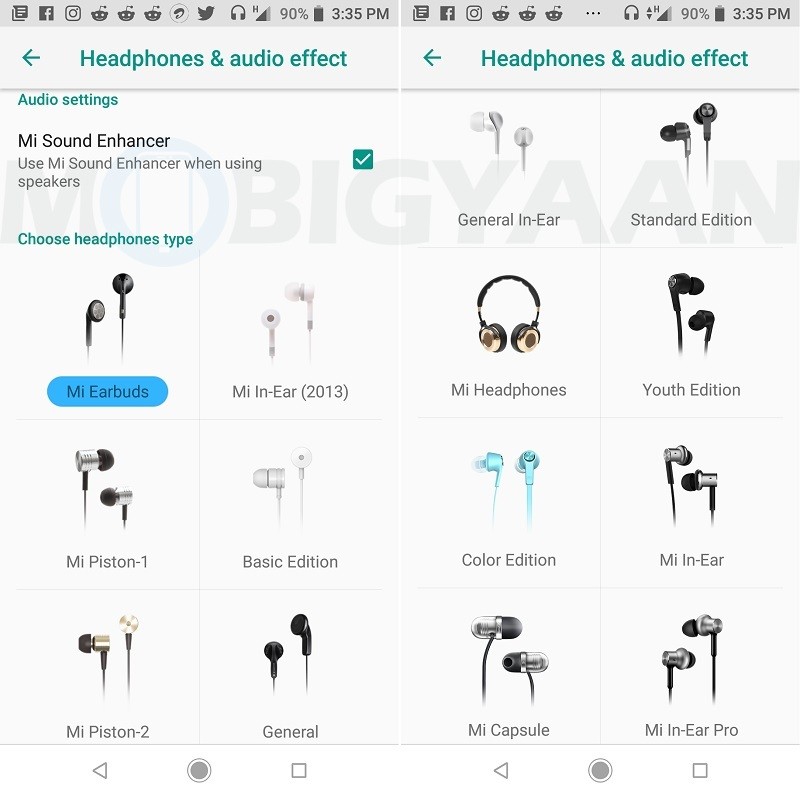
As the Mi A2 is a smartphone that runs stock Android, you don’t get much audio settings to tinker with. However, you can head over to the Settings > Sound > Headphones & audio effect menu to enable the Mi Sound Enhancer or choose the headphones type for a better audio experience.
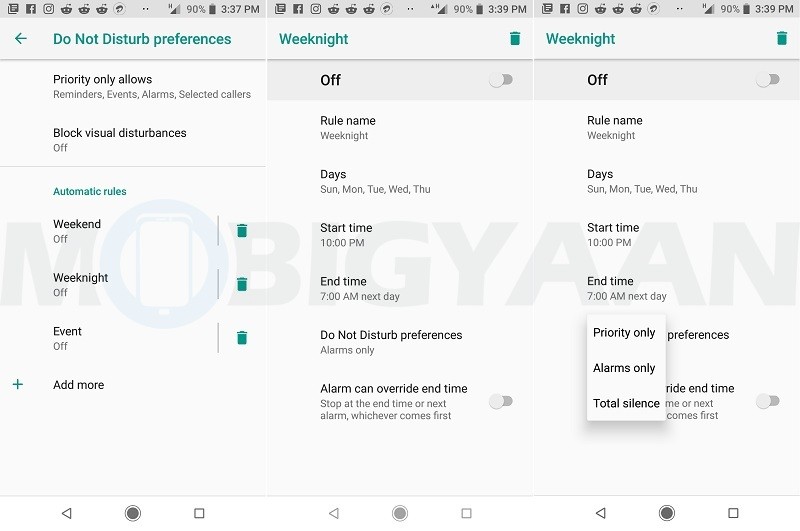
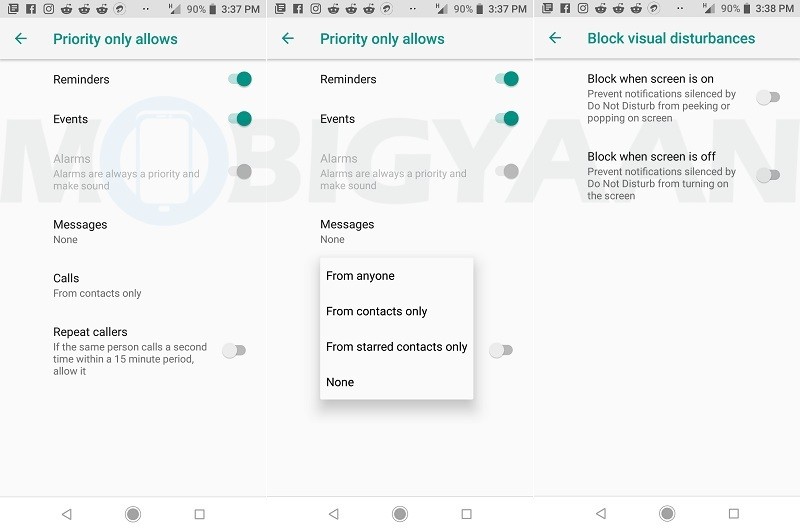
You can also head over to the Settings > Sound > Do Not Disturb preferences menu to set the DND mode to turn on and off automatically at a certain time. You can also choose whether you want total silence when the DND mode is turned on, or would like to receive phone calls and messages from certain contacts.
That said, we would also like to mention again that the Mi A2 doesn’t come with a 3.5 mm headphone jack, however, Xiaomi has included a USB Type-C to 3.5 mm headphone jack adapter with the box using which you can still use your old earphones with the phone.
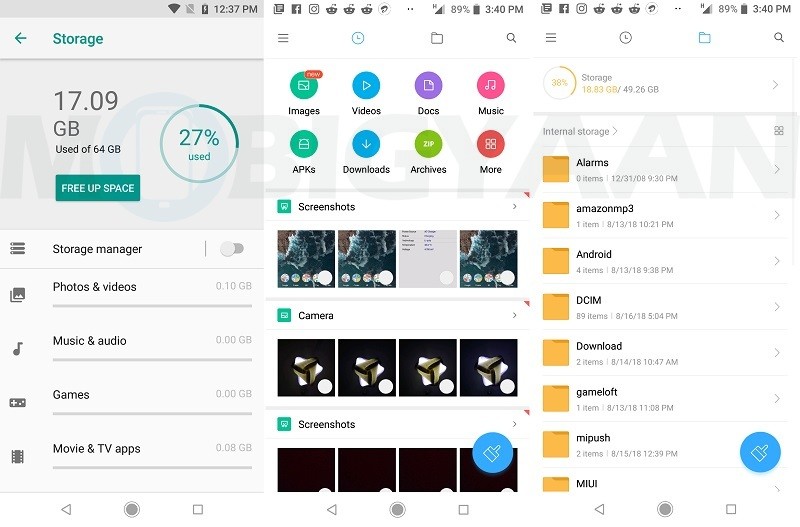
The Xiaomi Mi A2 comes in three storage options – 32 GB, 64 GB and 128 GB. Xiaomi didn’t launch the 32 GB variant in India and there’s currently no word on the pricing and availability of the 128 GB variant in the country. This leaves us with the 64 GB storage variant which offers 46.91 GB of space out-of-the-box to the users. Furthermore, the Mi A2 also doesn’t come with a microSD card slot, hence, if you live in India, you will have to make do with the 64 GB variant until Xiaomi starts selling the 128 GB variant.
We personally think that 64 GB of internal storage is more than enough for majority of users, but, it could be problematic for those who carry around a lot of photos, music and videos in their phone.
Xiaomi Mi A2 Review – Battery
The Xiaomi Mi A2 ships with a 3010 mAh non-removable battery which is 70 mAh smaller than the 3080 mAh battery that shipped with its predecessor – the Mi A1. Well, even with a slightly smaller battery, the battery life on the Mi A2 is impressive.
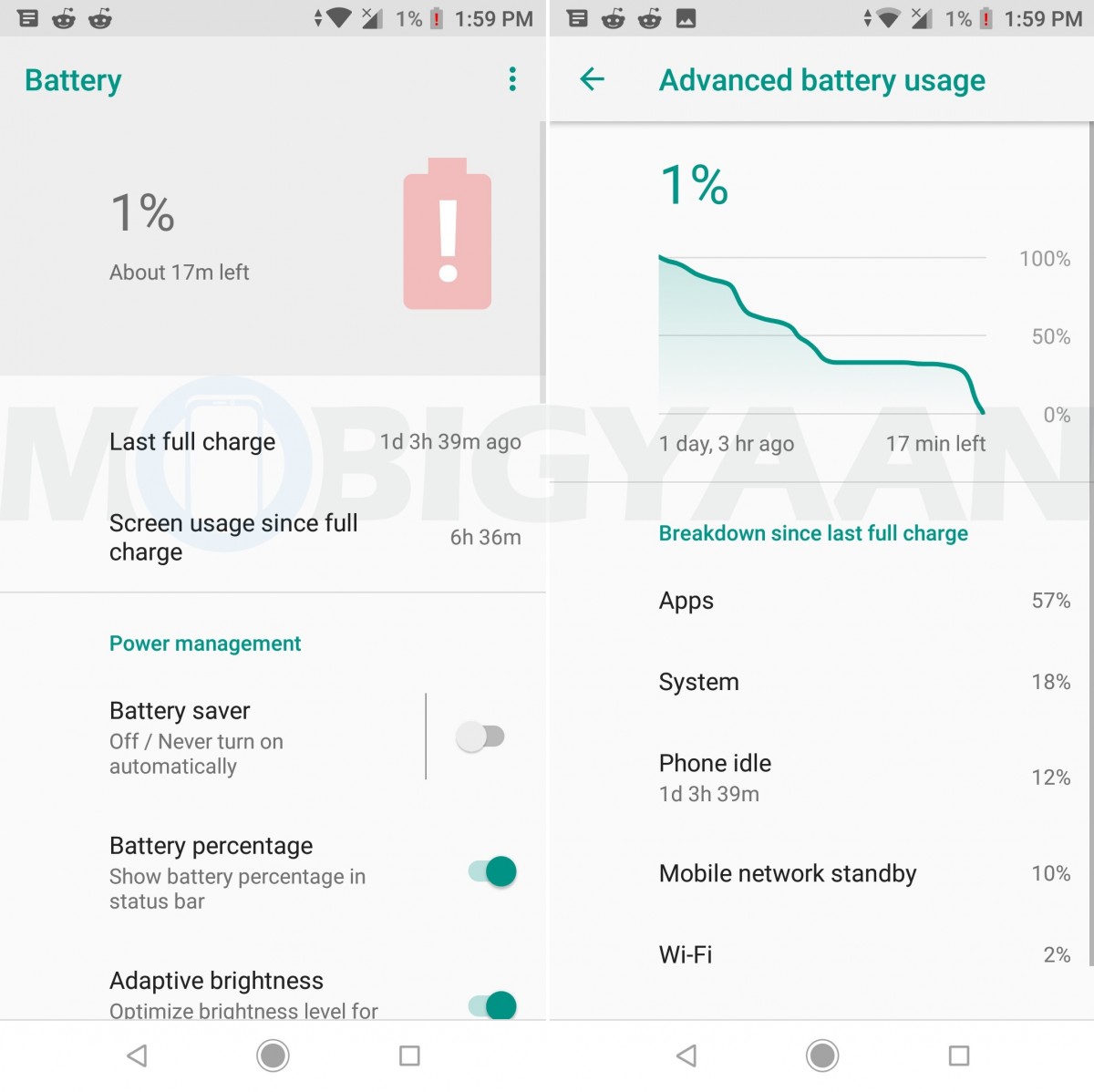
Based on our moderate to heavy usage, the Mi A2’s battery got us through the day with ease. In fact, it lasted us well over 24 hours before draining out completely. Our usage consisted of using social media apps like Facebook and Instagram, playing heavy games like PUBG Mobile and Asphalt 9, and, listening to music and watching videos – both online and offline. You can check out the table down below to get a better idea of Mi A2’s battery performance.
[table id=173 responsive=flip/]
We got a screen-on time of 6+ hours based on the usage stated above. But, even with different usage patterns, we got a screen-on time of between 5.5 hours and 6+ hours on an average, with the battery lasting us for more than 24 hours. Having said that, we would like to clarify that most of the times we were connected to Wi-Fi network, hence, if you are someone who’s always accessing Internet through Mobile Data, then you will get lesser battery backup. But, even on Mobile Data, we got through the day with ease.
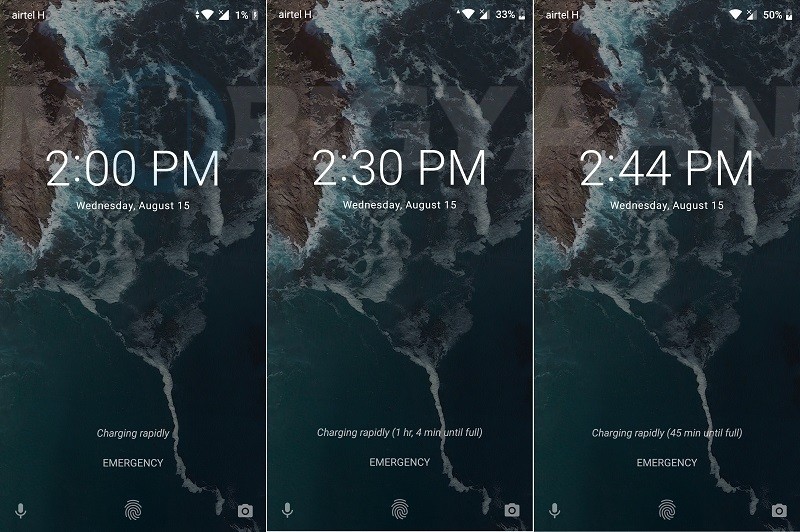
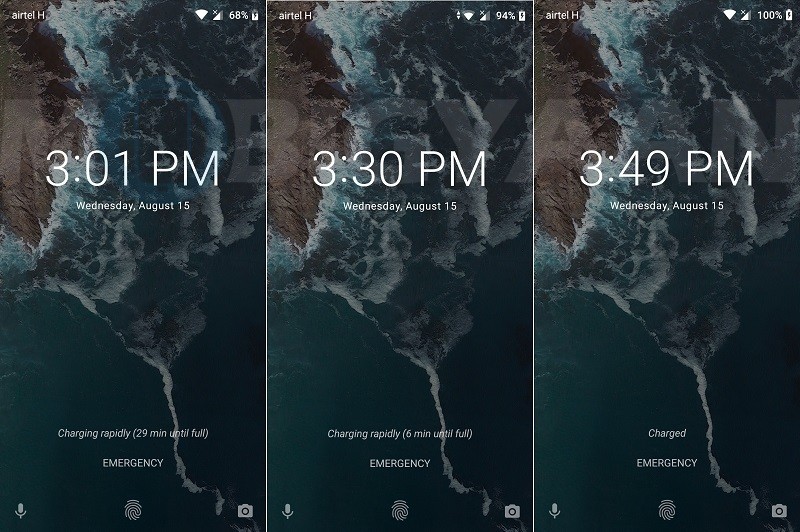
The Xiaomi Mi A2 comes with Quick Charge 4+ support that’s available exclusively for the Indian market, with customers in other countries having to make do with Quick Charge 3.0. However, irrespective of whichever country you live in, you will have to buy the Quick Charge 3.0/4+ adapter separately as the power adapter that comes bundled in with the box is the standard 10W (5V/2A) adapter that Xiaomi bundles along with its other smartphones.
That said, using the bundled 5V/2A adapter, the Mi A2 charged up to 33% in 30 minutes, and, it took 44 minutes to reach 50% charge. In one hour, the phone charged up to 68%, and, it took 1 hour 49 minutes for the phone to juice up from 1 to 100%.
Pricing, Variants and Availability
The Xiaomi Mi A2 is offered in a total of four different colors:
- Black
- Gold
- Rose Gold
- Lake Blue
The smartphone also comes in three different configurations – 3 GB RAM + 32 GB storage, 4 GB RAM + 64 GB storage, and, 6 GB RAM + 128 GB storage. However, Xiaomi didn’t launch the 3 GB RAM variant in India, and, there’s no word on the pricing and availability of the 6 GB RAM + 128 GB storage variant in the country. Well, this leaves us with the 4 GB RAM + 64 GB storage variant which is priced at ₹16,999 in India. It is sold online exclusively through Amazon India as well as Mi.com, but, you can also head over to the nearest Mi Home stores or Mi Preferred Partner Stores to buy the Mi A2.
Should you buy the Xiaomi Mi A2?
The Xiaomi Mi A2 is a pretty good phone. It is built well and is sturdy enough. The smartphone comes with Snapdragon 660 SoC under the hood which does a very good job of offering fluid performance most of the times. Add to that stock Android and you have got a very good performer in this segment. Of course, games like PUBG Mobile did exhibit a hell lot of lag even on the lowest settings, and, the phone also used to get warm while using social media apps and watching videos for around 20 minutes, but we are hopeful that issues like these will be ironed out with future updates.
The camera department on the Mi A2 is also an upgrade over last year’s Mi A1 and the snappers do take good photos both in daylight and in low-light conditions. Photos taken in Portrait Mode also had good separation, but we won’t complain if Xiaomi makes it better than it already is with future software updates.
Speaking of software updates, Xiaomi’s record with last year’s Mi A1 hasn’t been impressive which makes us highly skeptical of the software support for Mi A2. Xiaomi might even be able to deliver the Android Pie update before the end of this year, but the question is: will it be able to deliver Android Pie update that’s devoid of any major bugs? That’s something we will have to wait to see.
Overall, the Xiaomi Mi A2 is a solid mid-ranger, but, it does come with the glaring omissions of microSD card slot and 3.5 mm headphone jack – features that are a lot more important for Indians looking to buy phones in this segment. The unavailability of microSD card slot and 3.5 mm headphone jack is definitely a bummer and is undoubtedly a deal breaker for a lot many buyers. Hence, if you are fine with that, you can go ahead and buy the Xiaomi Mi A2 without thinking twice, but, if that bothers you, then we suggest you buy the Honor Play.
The Honor Play costs ₹3000 more than the Mi A2, but, in return, you get microSD card slot, 3.5 mm headphone jack, bigger battery, slightly larger screen, and most importantly, Kirin 970 SoC which is a flagship grade chip. Not to forget other features like GPU Turbo, AI Gaming, 4D Gaming and 3D Gaming Sound Effect that could entice a lot of mobile gamers. Besides, the Honor Play would offer better gaming performance than Xiaomi Mi A2, hence, if you are someone who plays games like PUBG Mobile and Asphalt 9 a lot, then the Honor Play is the smartphone you should be buying over the Mi A2.
Other options:
- Honor Play (₹19,999 for 4 GB RAM variant | ₹23,999 for 6 GB RAM variant)
Pros
- Build Quality
- Bloat-free Software (Stock Android)
- Camera
- Battery
Cons
- No microSD card slot
- No 3.5 mm headphone jack
- Lower screen brightness
- Camera bump causes the phone to wobble a lot



